
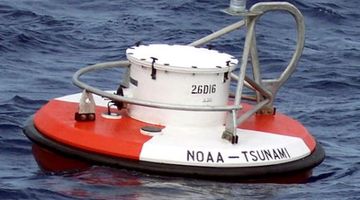
‘Wave’ is a common term for a number of different ways in which energy is transferred: In electromagnetic waves, energy is transferred through vibrations of electric and magnetic fields. In sound ...
READ MORE

New Zealand has had a reputation for being ‘clean and green’ – a country of environmental beauty. Compared to many countries in the world, this is true. However, it’s becoming apparent that New ...
READ MORE
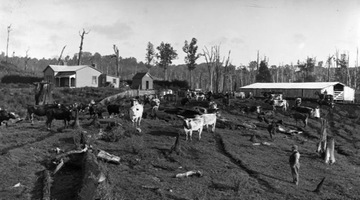
Farming is a way of life in New Zealand. Farms cover about half of the country’s land and are important to our economy. Agriculture has shaped who we are as a nation, but it has also had a big ...
READ MORE
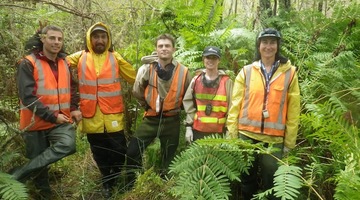
In this activity, students use the Ake Ake model to explore changes that have taken place in their local environment in the last 50–100 years and to plan for the next 50 years. By the end of this ...
READ MORE
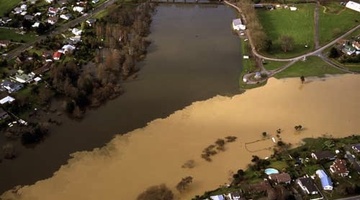
The New Zealand Curriculum guide for senior secondary schools discusses education for sustainability – learning to think and act in ways that safeguard the wellbeing of people and the planet ...
READ MORE

In this activity, students compare the rate of degradation of disposable plates using three different disposal methods. Purpose To experiment with a range of disposable plates made from different ...
READ MORE

Litter is everywhere – but how much is there, and why does it matter? Litterati is an online citizen science (OCS) project that allows participants to photograph, upload and tag litter in their ...
READ MORE
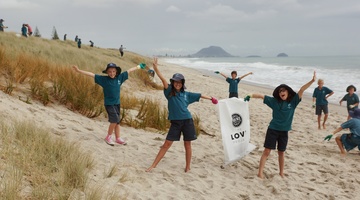
Litter Intelligence is a long-term programme run by Sustainable Coastlines in collaboration with the Ministry for the Environment, Department of Conservation and Statistics New Zealand. It aims ...
READ MORE

Be part of a worldwide movement and use Global Earth Challenge to submit or classify photos to help our planet’s environment and human health. Global Earth Challenge is a citizen science campaign ...
READ MORE
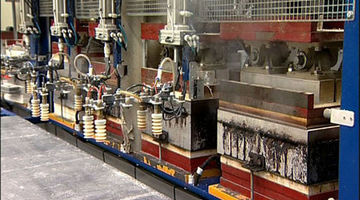
Students develop their knowledge to design a disposable product as a sustainable alternative to an existing product. Purpose To consider the issues of increasing plastics use and understand why ...
READ MORE

Students develop their knowledge to design a disposable product as a sustainable alternative to an existing product. Purpose To understand why increasing use of non-degradable materials is not ...
READ MORE

When St Francis Xavier Catholic School decided on the theme ‘Innovation’ as a whole-school science and technology focus, year 3 teacher Jo Collyer began searching for relevant teaching resources ...
READ MORE
The Ake Ake model is a pictorial mapping of someone’s perspective. Researcher Lorraine Dixon uses the model to encourage iwi to share their views including values and possible issues around ...
READ MORE
Researcher Lorraine Dixon describes what a cultural indicator is and why they are important to Māori. The depletion of taonga species, for example, is an indicator recognised by Māori that ...
READ MORE
Dr Selai Letica explains her work in managing the risk of nitrogen loss to the atmosphere through the use of nitrification inhibitors. Jargon alert: Denitrification is a part of the nitrogen ...
READ MORE
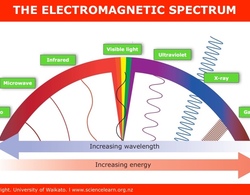
This interactive looks at the electromagnetic spectrum. To use this interactive, move your mouse or finger over any of the labelled boxes and select to obtain more information. Select here for a ...
READ MORE

Sea stars have many weird and wonderful adaptations including both sexual and asexual reproduction. Click on any of the labels in this interactive to view short video clips or images to learn ...
READ MORE

Sea stars have many weird and wonderful adaptations – including some unusual internal systems. Click on any of the labels in this interactive to view short video clips or images to learn more ...
READ MORE